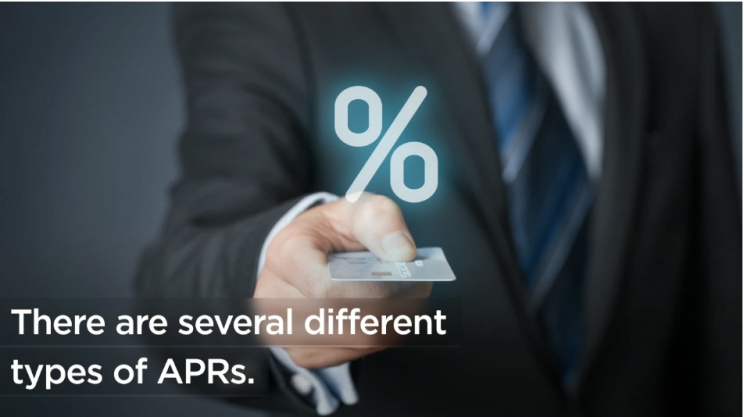Money Basics: What's APR?
Welcome to Money Basics, Yahoo Finance’s new personal finance series offering quick explanations for some of the most important terms involving your money.
Three little letters pop up almost everywhere when you’re talking about loans and borrowing money: APR. But what do they mean, and how do they affect your finances?
APR stands for annual percentage rate. It’s the rate you’ll pay on credit cards, mortgages and car loans. It’s a little more complex than just the nominal interest rate, which only refers to the interest charged on a loan; APR includes the nominal interest rate plus any other costs or fees the loan may have.

There’s more than one kind of APR
There are several different kinds of APRs. Some are fixed rates, which means the rate is locked in and never changes. Some are variable rates, which means they can fluctuate month to month. Both can increase if you miss a payment.
There are also several different specific APRs. Most are exactly what their names suggest
• An introductory APR is typically the lowest rate. It’s a rate that only lasts for the beginning period of your loan.
• Penalty APRs hit you for failing to make payments on time. They are typically the highest rate.
• Cash advance APRs are used when you take out cash against your credit card.
• Then there’s the most common kind of APR you’ll encounter: the purchase APR. It’s the rate you pay when you use a credit card to buy something at a store.
Know your APRs
Make sure you read your contracts! Knowing how heavily APRs affect the amount you owe is critical, and it’s a good step toward taking control of your finances.
More from Money Basics:
• What is a credit report anyway?
• What’s your net worth?
• What’s the Dow Jones?
• What’s the NASDAQ?

